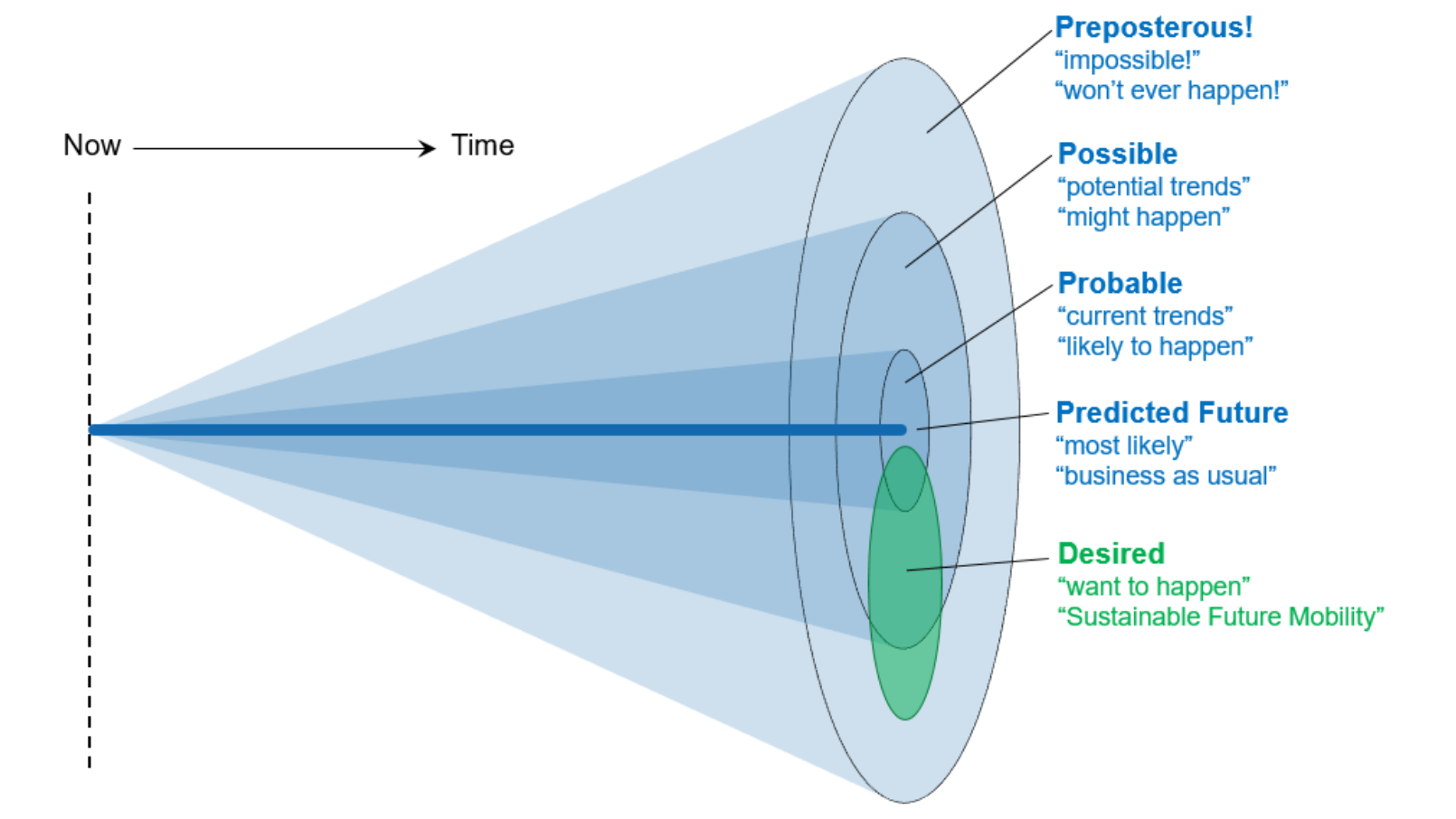Future Uncertainty in Transportation and URban systems for Enhanced Strategic planning
Mobility Initiative Project

Planning transport and urban systems is inherently complex: interventions last for decades, have widespread impacts, require considerable investment, and must remain functional under highly uncertain future conditions. To address this challenge, FUTURES facilitates future-proof, data-driven planning under deep uncertainties for transport and urban systems. High-resolution agent-based models are well suited to study the complexities of transport and urban systems by including detailed dynamics (e.g. competing and emerging transport modes) and by providing disaggregated insights (e.g. across sociodemographic groups). However, the consideration of uncertainty (both in the model and in the future conditions) in such detailed transport models is uncommon due to the high number of parameters involved and the required computational time. FUTURES will enable the exploration and planning under uncertainty through high-resolution agent- based transport models, far beyond the usual single-prediction approach, towards probable, possible, and even preposterous scenarios. Specifically, we will develop spatially explicit surrogate models, which can accurately approximate the complex outputs of computationally expensive transport simulations in a fraction of the time. This leap in computational efficiency unlocks the ability to simulate and analyze thousands of potential scenarios and interventions, helping planners identify adaptive plans that can respond to changing conditions over the coming decades (e.g. when and where to expand public and/or individual transport).
To bridge the science-policy gap, we propose a combination of advanced qualitative scenario planning with high-resolution agent-based modeling. By combining the richness of qualitative narratives with the rigor of quantitative models, we can ensure that scenario exploration and planning are evidence- based, yet transparent and stakeholder-driven. In this way, FUTURES will help tackling pressing questions such as how emerging transport modes, spatial development, and evolving travel behavior might shape Switzerland’s mobility system by 2060. These methods will allow key mobility actors in Switzerland, such as SBB and ARE, to identify critical risks, uncover novel opportunities, and co-create strategies that remain effective under uncertain future conditions.
Deputy head of Dep. of Civil, Env. and Geomatic Eng.
Inst. Bau-&Infrastrukturmanagement
Stefano-Franscini-Platz 5
8093
Zürich
Switzerland

Risiko, Sich., Ungew. im Bauing.w.
Stefano-Franscini-Platz 5
8093
Zürich
Switzerland

Partner
- SBB
- ARE
Roadmap
01.2025 - 12.2027 (36 months)